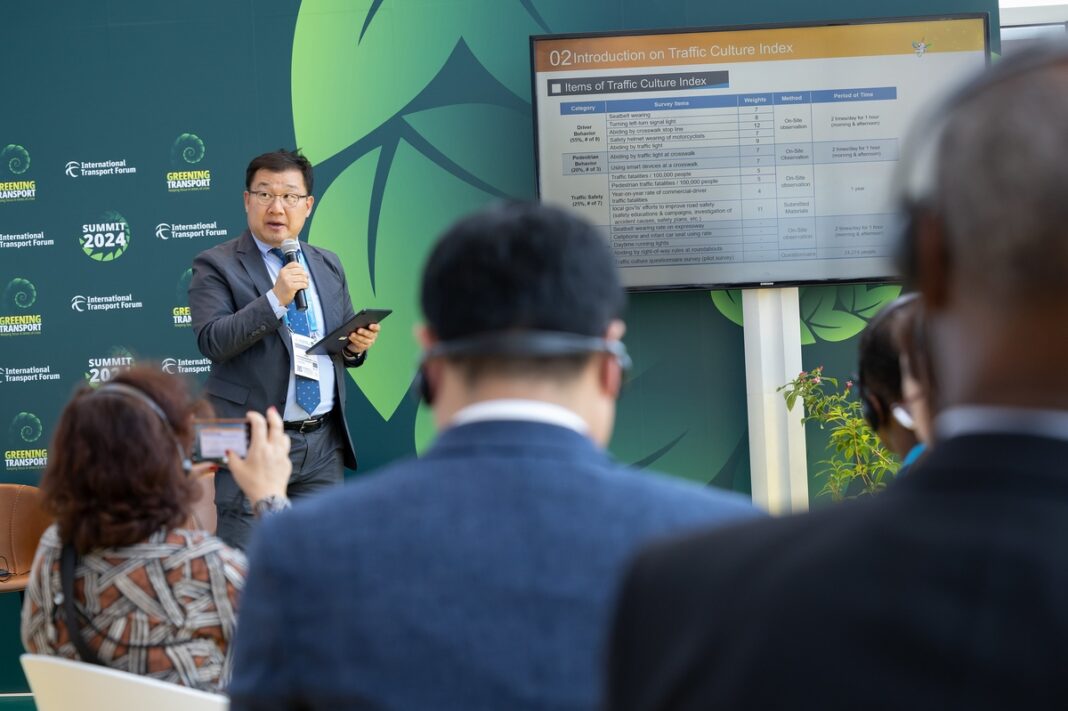South Korea has seen significant improvements in traffic safety over the past decade. According to the International Transport Forum (ITF), road deaths in the country decreased by 49.2 per cent between 2012 and 2022. During this period, fatalities among passenger car occupants dropped by 63.8 per cent, and pedestrian deaths fell by 54 per cent.
Experts credit these advancements to heightened public awareness and proactive traffic safety campaigns led by national and local authorities. A key driver of South Korea’s progress is the Traffic Culture Index (TCI), which was prominently featured at the 2024 ITF Summit in Leipzig, Germany.
Speaking at the summit, Kim Hyun-jin, head of the mobility platform office at the Korean Transportation Safety Authority (KTSA), explained the TCI’s role in improving traffic safety. He noted that the TCI was introduced to combat South Korea’s high traffic fatality rate, which was the highest among OECD member states in 1991.
“Safety attitudes are a primary cause of traffic accidents and fatalities,” Kim said. “The TCI was created to understand traffic culture and guide policies to reduce road traffic deaths.”
Launched in 1998, the TCI measures various traffic-related metrics across cities to objectively assess driving and walking behaviours. This helps identify the current state of traffic culture in South Korea and allows for comparisons between different localities. The TCI evaluates 18 criteria, including seatbelt usage, motorcycle helmet wearing, and mobile phone and infant car seat usage rates. Data is collected through on-site observations, data reviews, and surveys.
Trained observers visit 639 traffic sites each September to record seatbelt usage and mobile device use at crosswalks. The TCI results for the nation and its 229 cities are announced annually in January.
Kim highlighted the significance of the TCI program, stating, “Traffic culture influences drivers’ and pedestrians’ risk perceptions, behaviour patterns, and interactions. This ultimately affects the frequency and severity of crashes. Publicizing the TCI of all cities can motivate local governments to improve road safety.”
South Korea’s TCI is unique compared to other global traffic safety indexes, as it combines surveys, statistical reviews, and on-site observations. In contrast, similar indexes in countries like the United States, Britain, and Sweden rely only on surveys or statistical data.
Kim suggested that other countries could improve their traffic safety by adopting similar programs, though he acknowledged that South Korea’s success is partly due to its smaller geographic size. Implementing such projects in larger countries might be more challenging.
Since the introduction of the TCI, South Korea has seen a notable reduction in traffic fatalities, from 6,166 in 2007 to 2,735 in 2022. Kim stressed the need for behavioural changes among drivers and pedestrians to further enhance traffic safety, and called for traffic authorities to address not only fatalities but also injuries.


